On long journeys on ships and railways, from Sydney to Hamburg and San Francisco to Chicago, the experience of communal traveling through unfamiliar territories united Samoans who went on tour abroad. During their travels, they discovered the joys of performing together and the empowering feeling of forming intimate yet fleeting communities with fellow colonized peoples. But the Samoans overseas also discovered that performing for Euro-American audiences was hard work that demanded discipline and sometimes created conflicts within the group as well as without. Euro-American impresarios saw profit as the only measure of success, while fellow troupe members tested established hierarchies of rank and gender far away from the social control of their home islands. On their global malaga, Samoan performers transcended the limitations of colonial globality imposed on them and fashioned their own way of navigating the world based on shared Oceanian values and practices. Going abroad to earn money and respect, Samoan performers were the precursors of today’s labor diasporas overseas, stretching from Auckland to Honolulu to Los Angeles.
As they crisscrossed the globe, Samoans extended their malaga from their home islands and the Pacific world to Europe and North America. The cultural tradition of going on malaga differentiated Samoan performers from other ethnographic troupes of the time. Most comparable to the Samoan traveling parties were the Hawaiian hula dancers who toured the world around the same time and encountered their fellow Polynesians in Chicago in 1893 and in San Francisco in 1915. As Adria Imada argues, “Hawaiian performers were not merely passive objects in Euro-American tourist economies but resisted and negotiated with colonization through their own ‘traveling cultures’ and consumer practices. They carved out their own homes, political expressions, and diasporic networks in view and out of view of foreign audiences.”194 Like their Samoan counterparts, Hawaiian hula dancers preferred their participation in a commodified spectacle over the alternatives at home: the hard toil of plantation labor or low-level service jobs.195 And if the commodification of Hawaiian hula performances by the end of the nineteenth century had turned dancers into wage laborers in a capitalist spectacle, the embeddedness of hula in Hawaiian culture set equally firm limits to its commodification.196 Samoans, too, defended the integrity of the cultural practices they performed in front of Euro-American audiences, even as they seized the new opportunities for travel, money, and prestige.
While the Samoan performers worked far from home, they shared many similarities with their fellow workers back home. Most obviously, their packed show schedules, sometimes with up to eight performances a day, revealed the physical demands of performative labor. At every stop, the performers had to build their own accommodations and stages on which they would reenact the physical labor of collecting coconuts for the entertainment of visitors. The labor contracts the performers signed before going on tour introduced a strict regime of labor discipline and managerial control reminiscent of plantation labor in Samoa. The workscape of the ethnographic show might have been mobile and far away from Deeken’s whip in Tapatapao, but it nevertheless limited the movement of the performative laborers beyond the impresario’s eyes. Finally, going on tour with an ethnographic troupe was a gateway to and from other jobs in the colonial economy in Samoa. While the performative labor on stage was, in part, colonial service, moving to other positions in the colonial administration back in Samoa was relatively easy and common. Several show veterans—such as Phineas and Tuvale—joined the colonial service upon their return to Samoa. Driven by its own dynamics, performative labor in ethnographic shows remained intimately connected with other forms of labor in the islands.
This is an excerpt from Coconut Colonialism by Holger Droessler, published by the Harvard University Press. All content and images are reproduced with permission from Harvard University Press, which owns the copyright for this work.

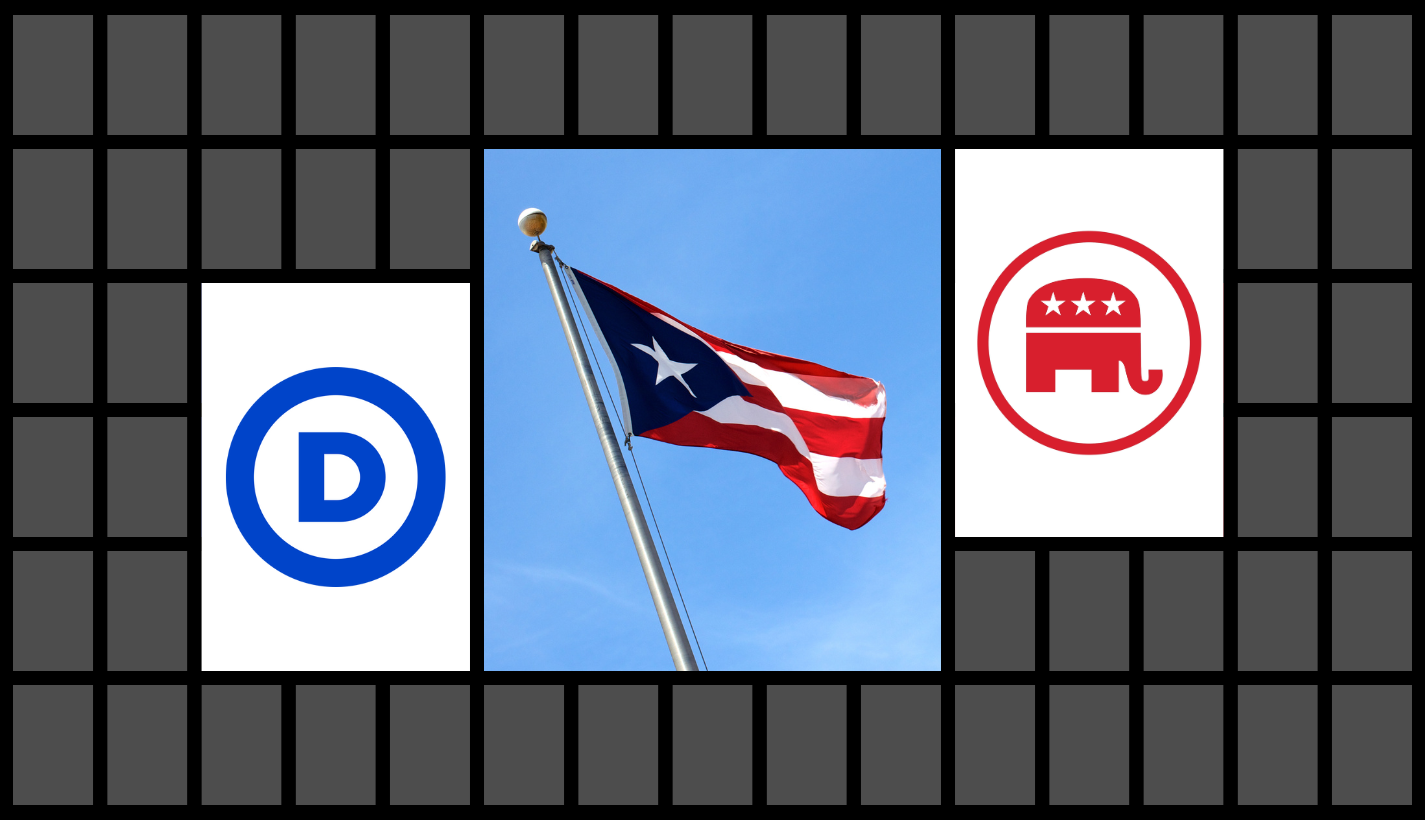
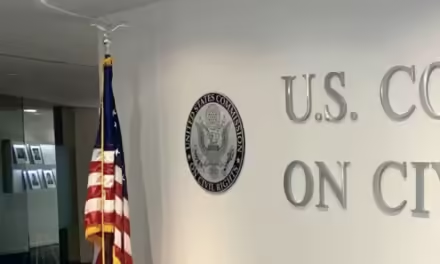

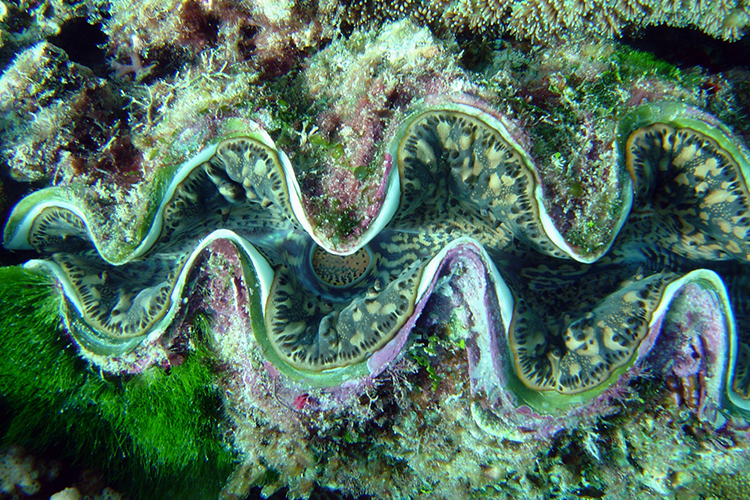
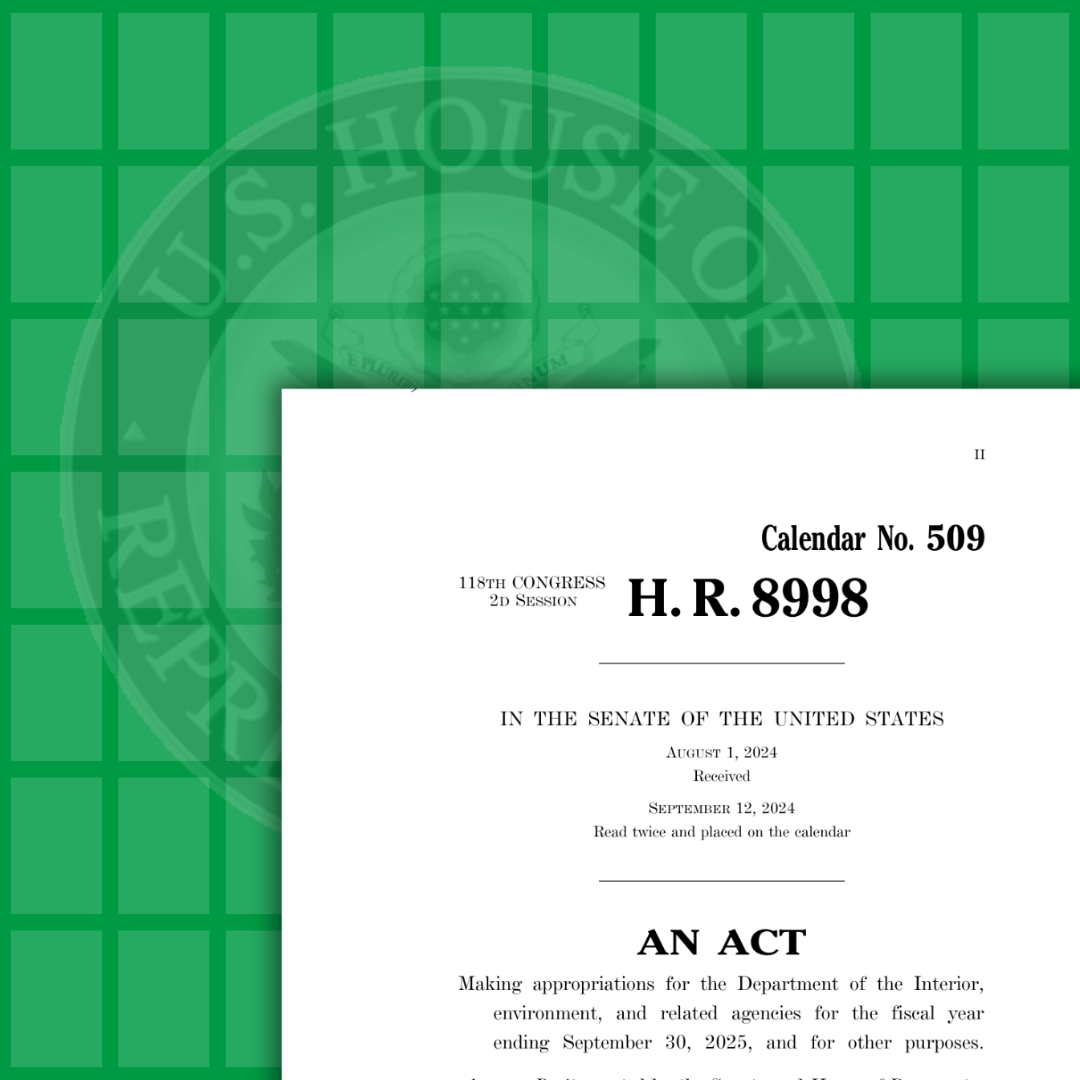
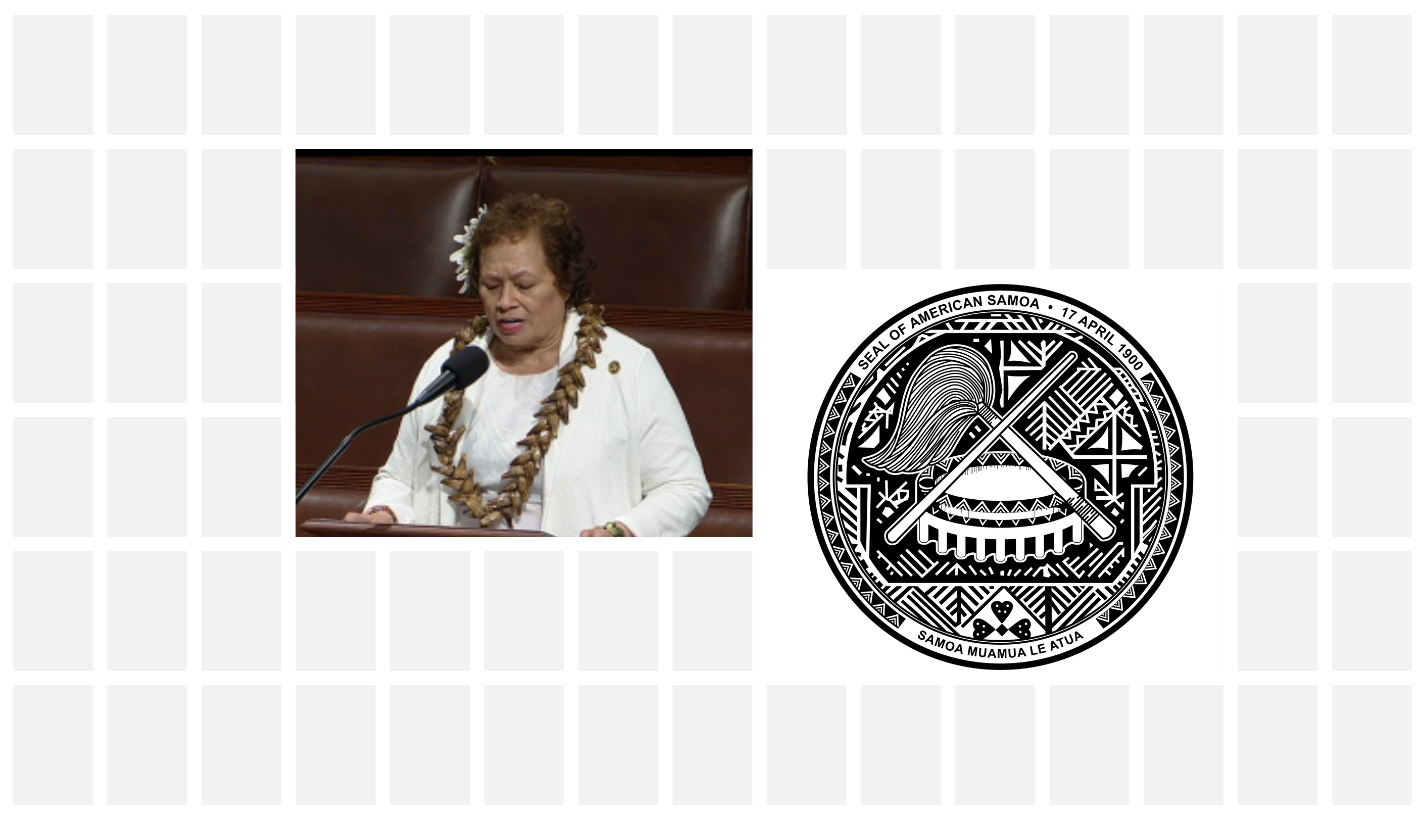





0 Comments
Trackbacks/Pingbacks